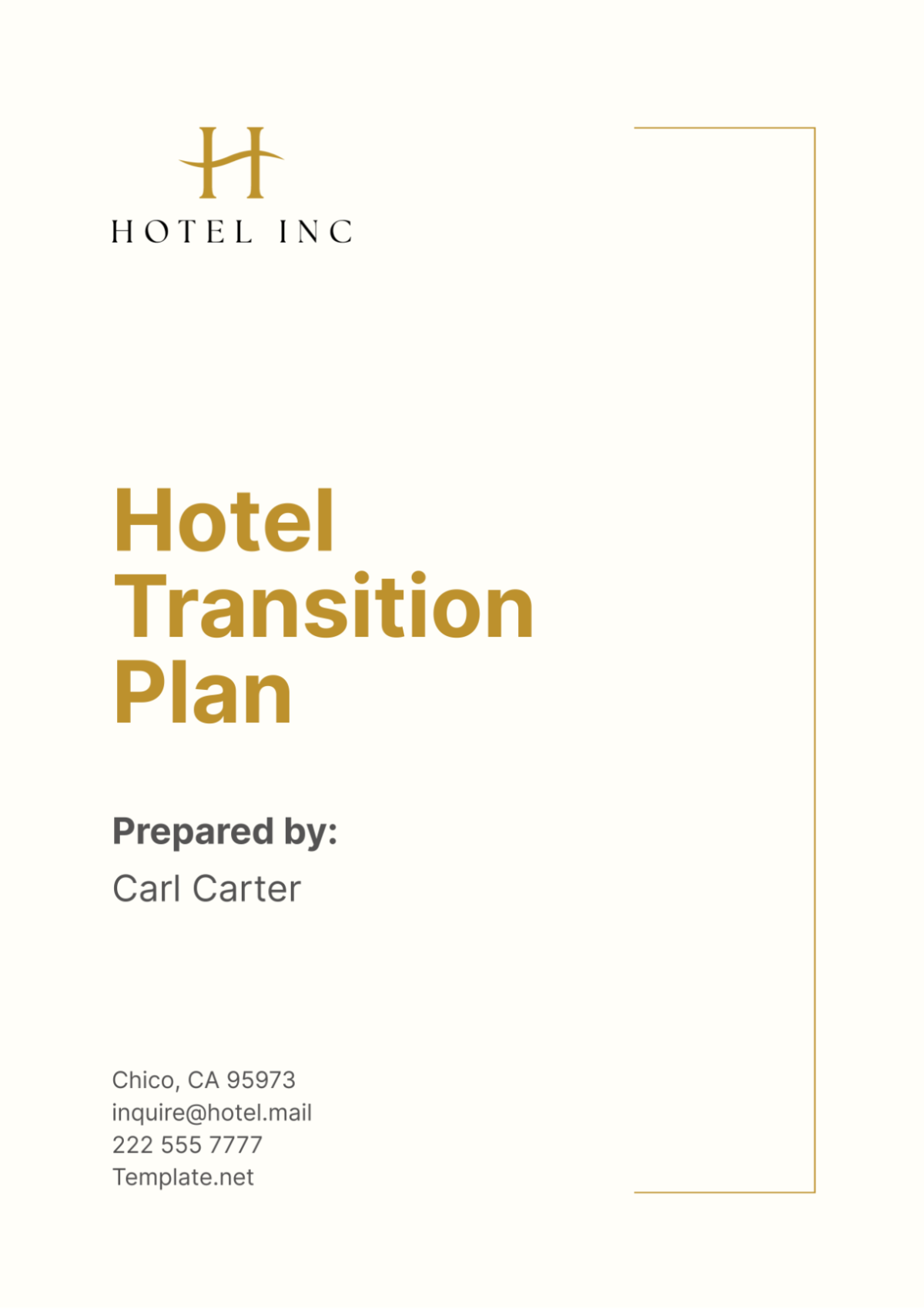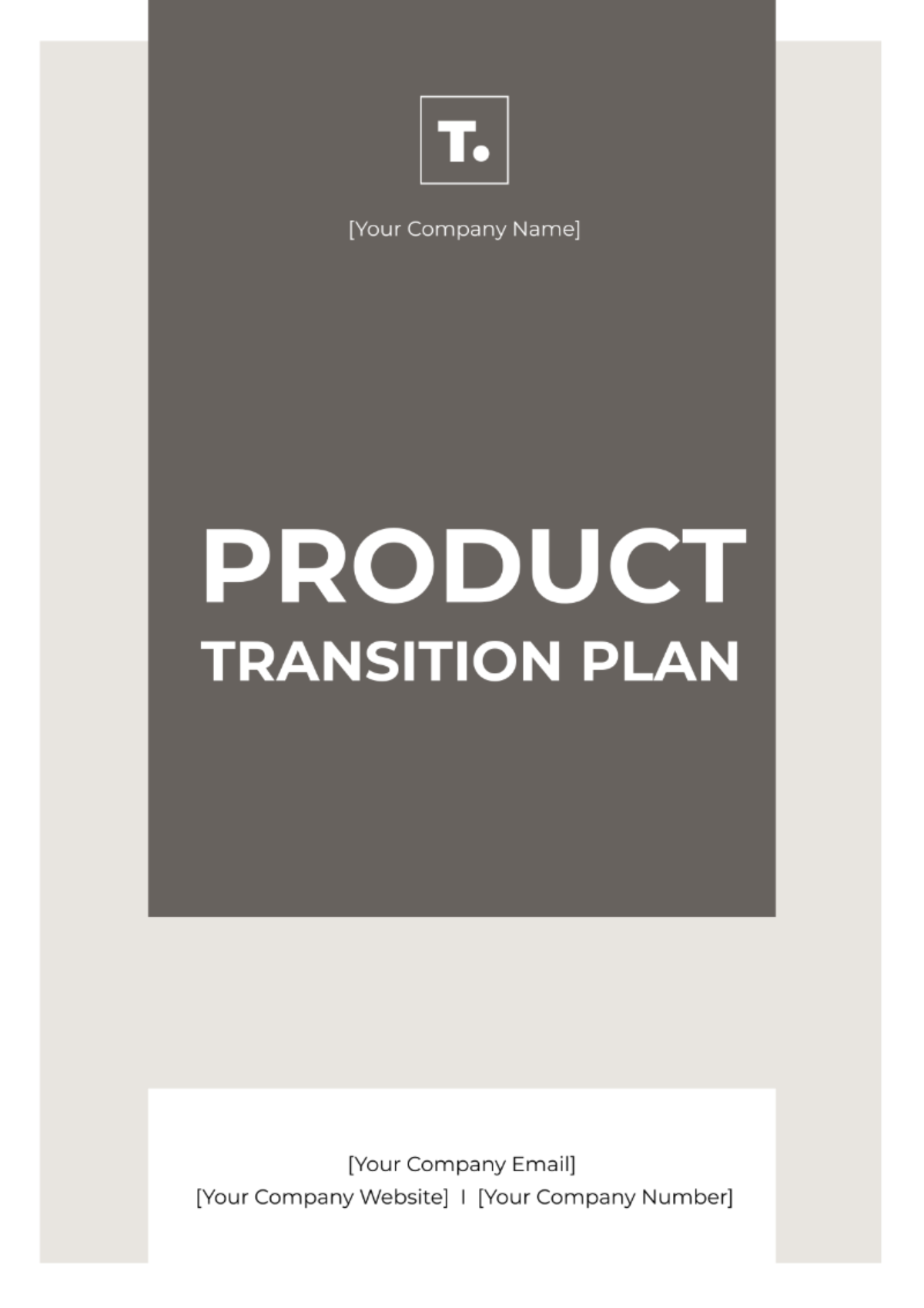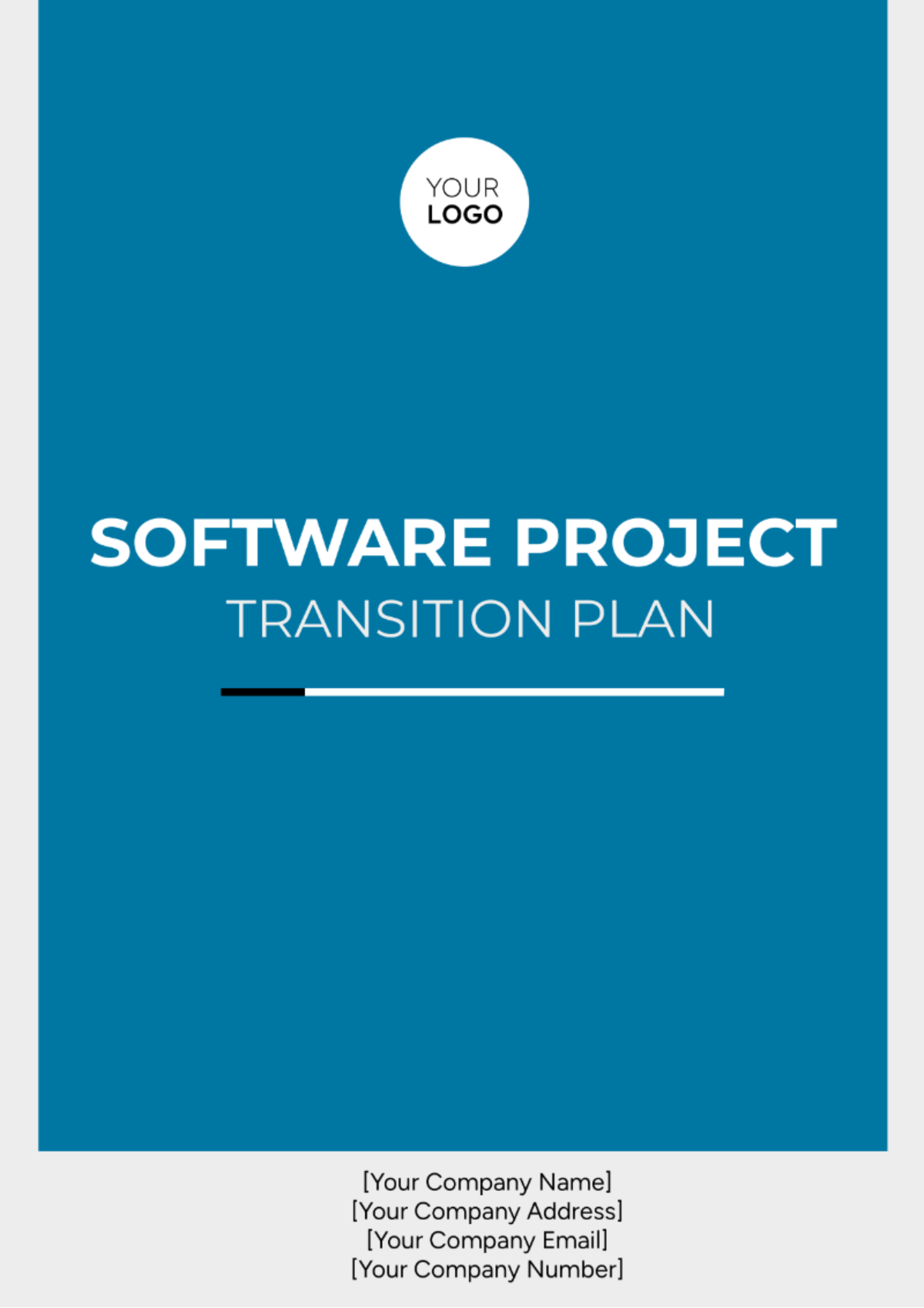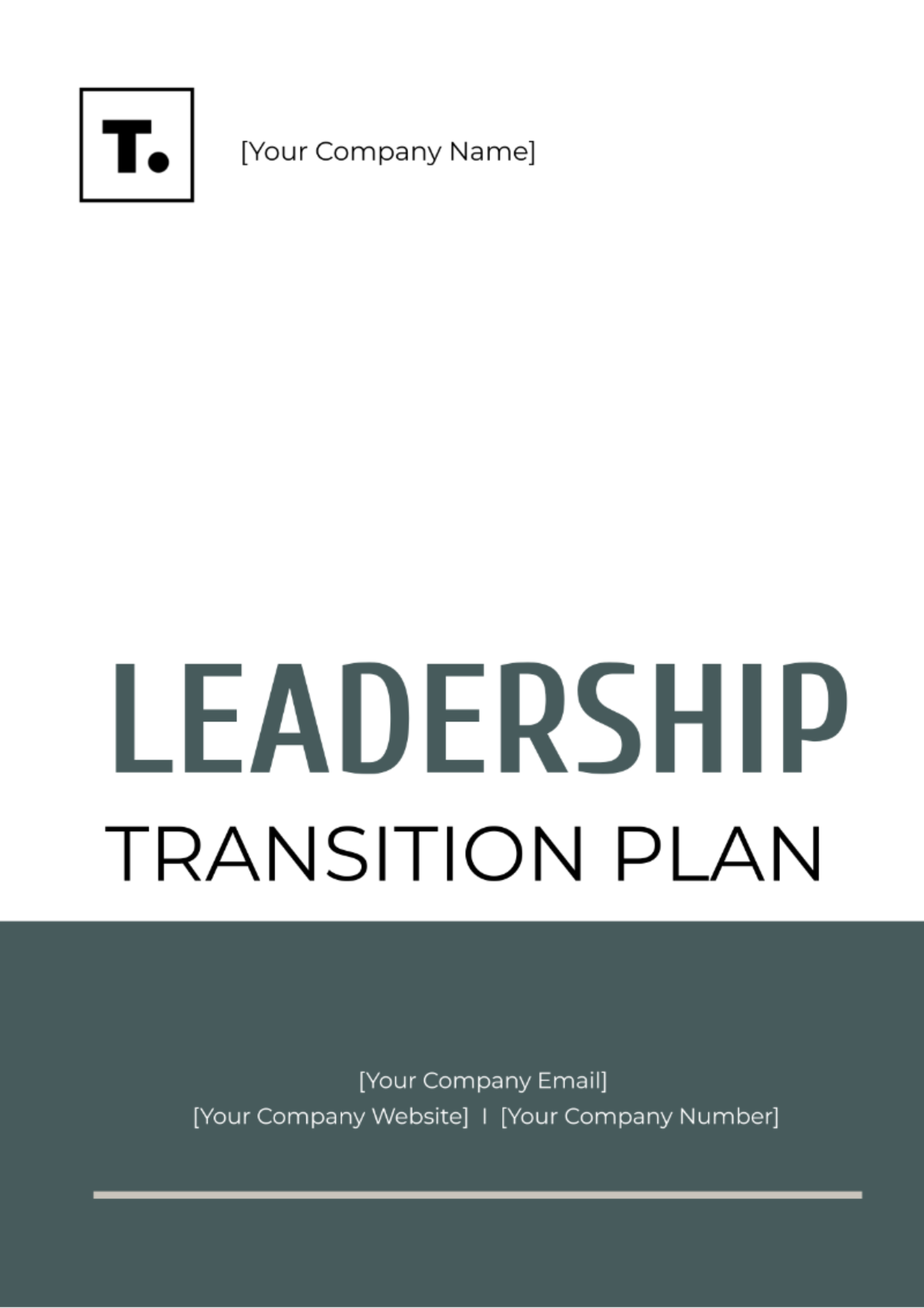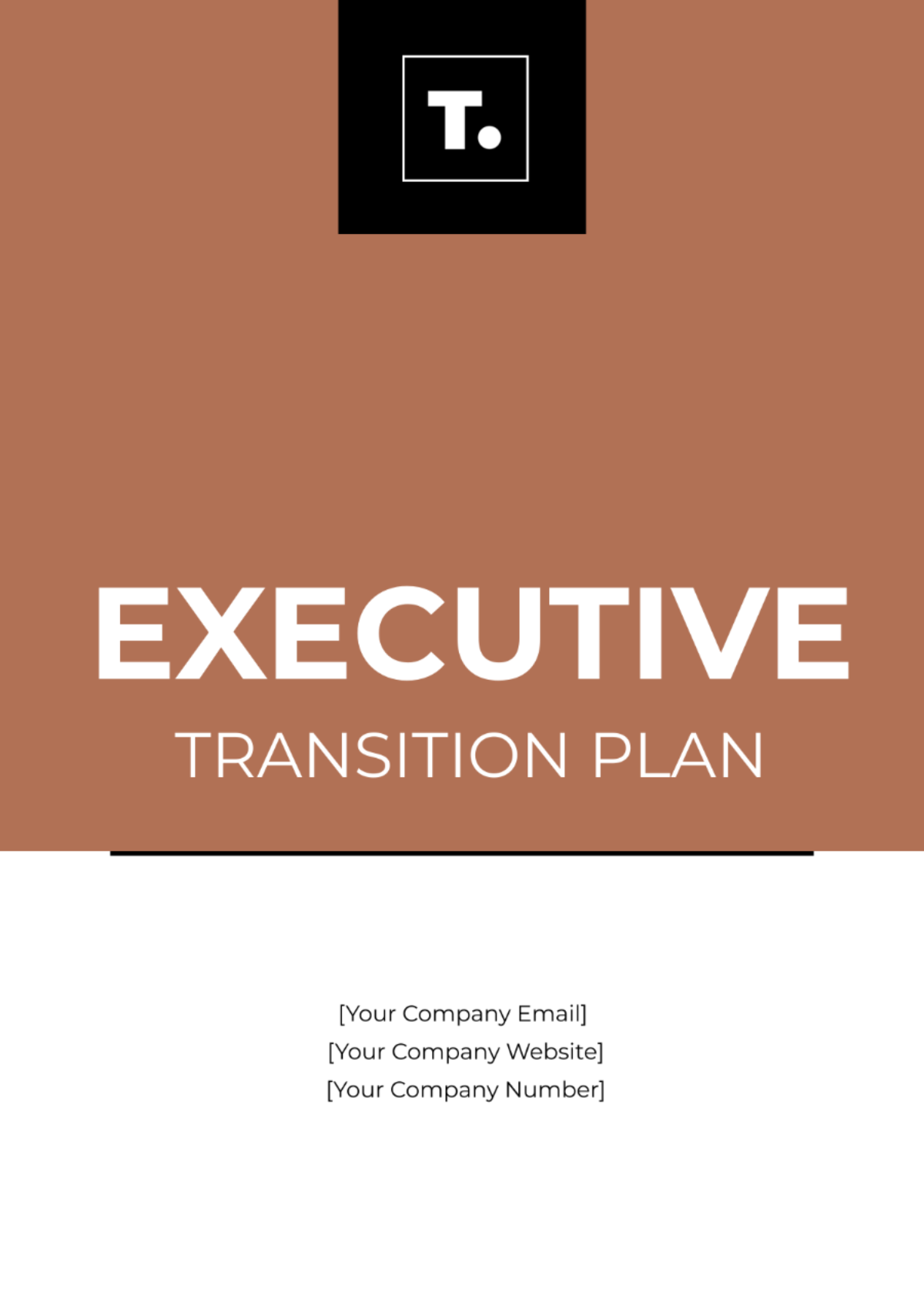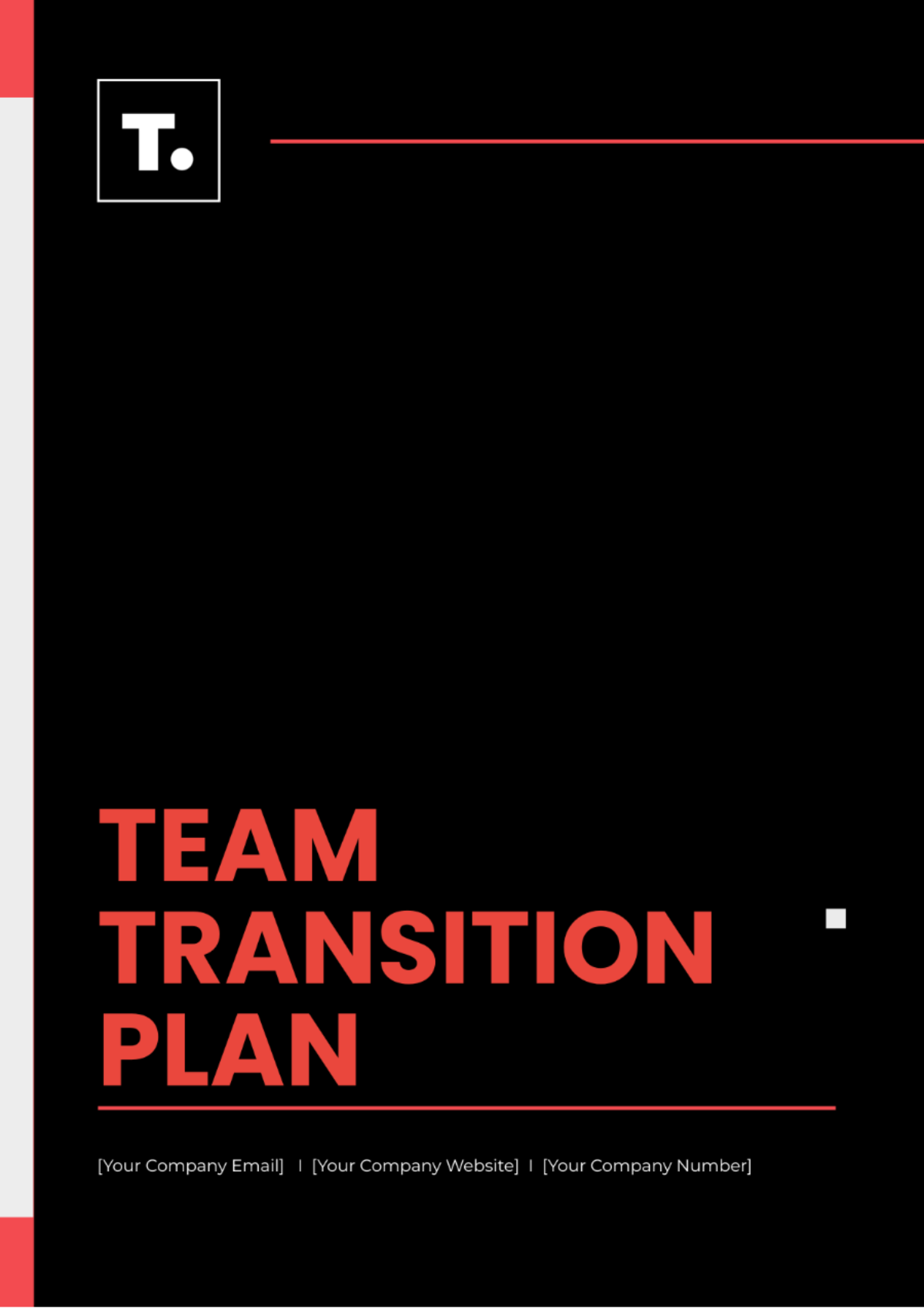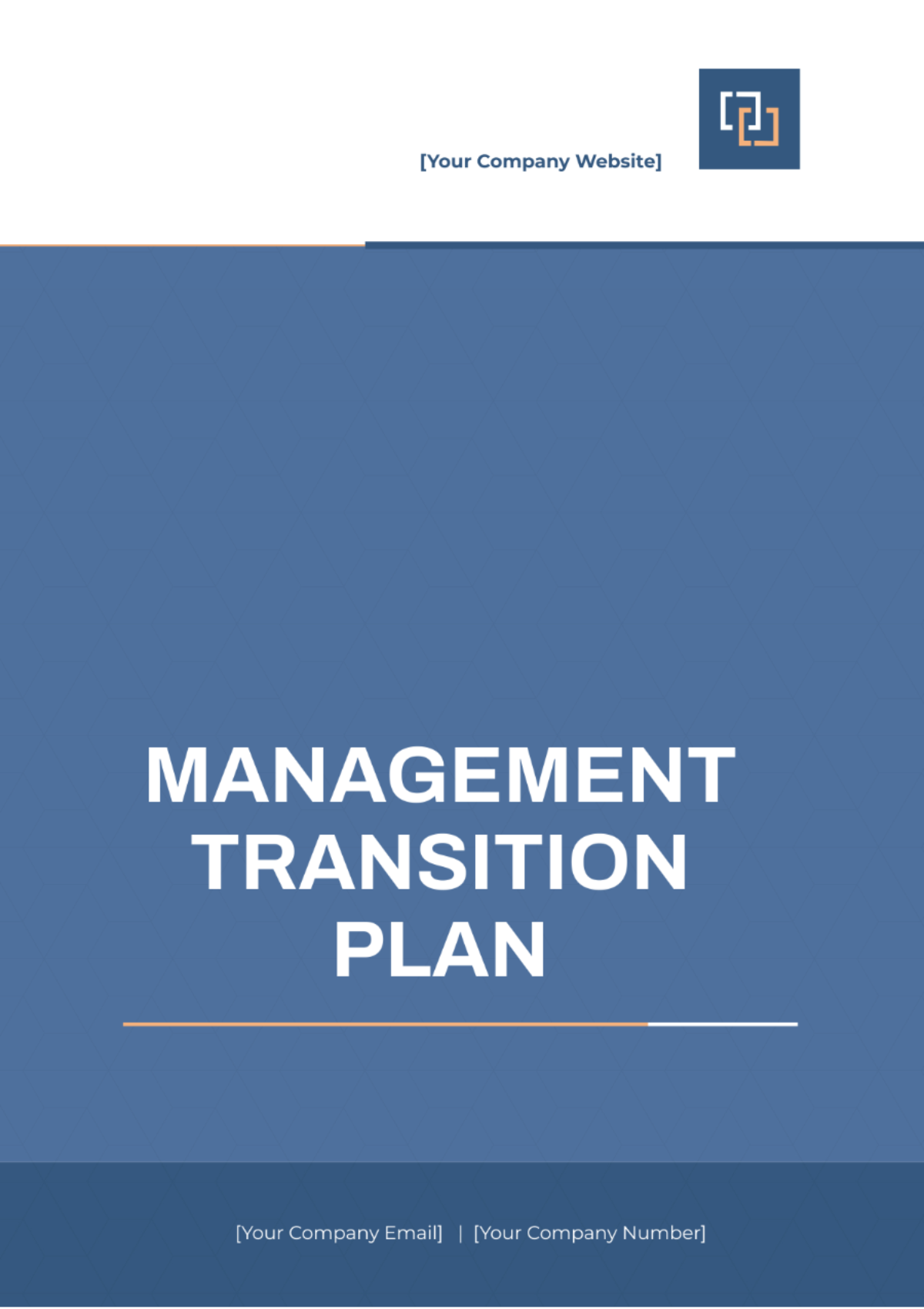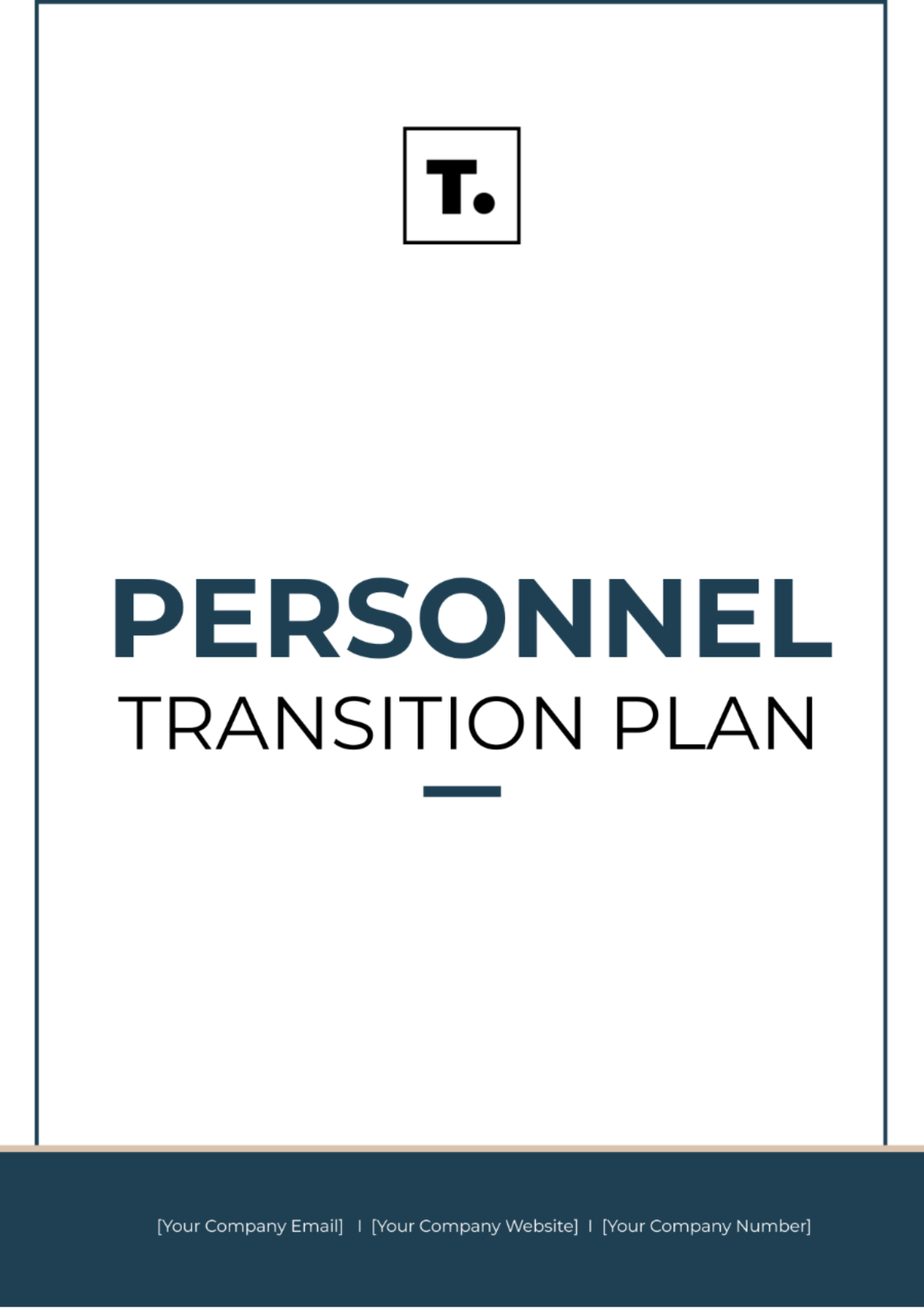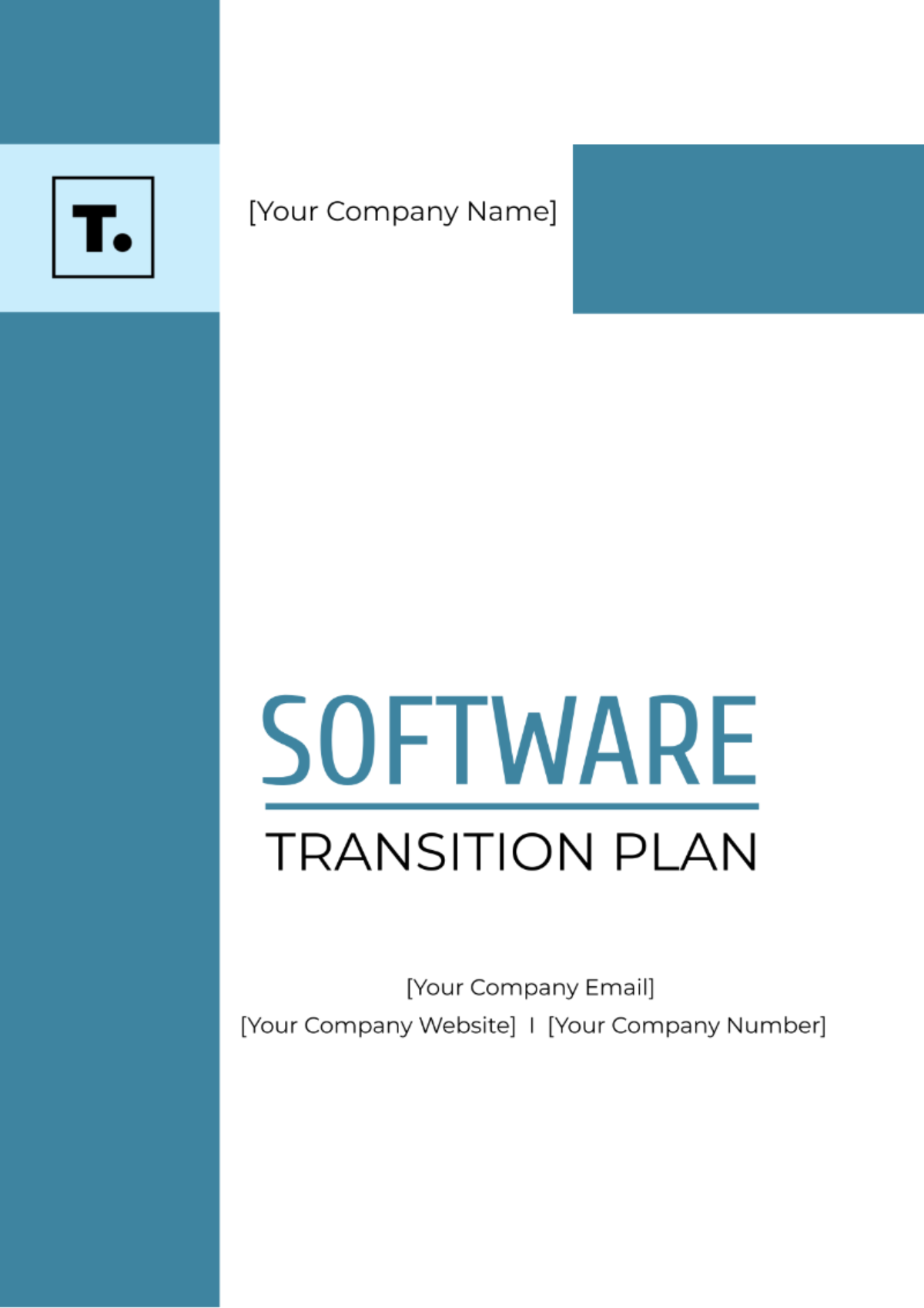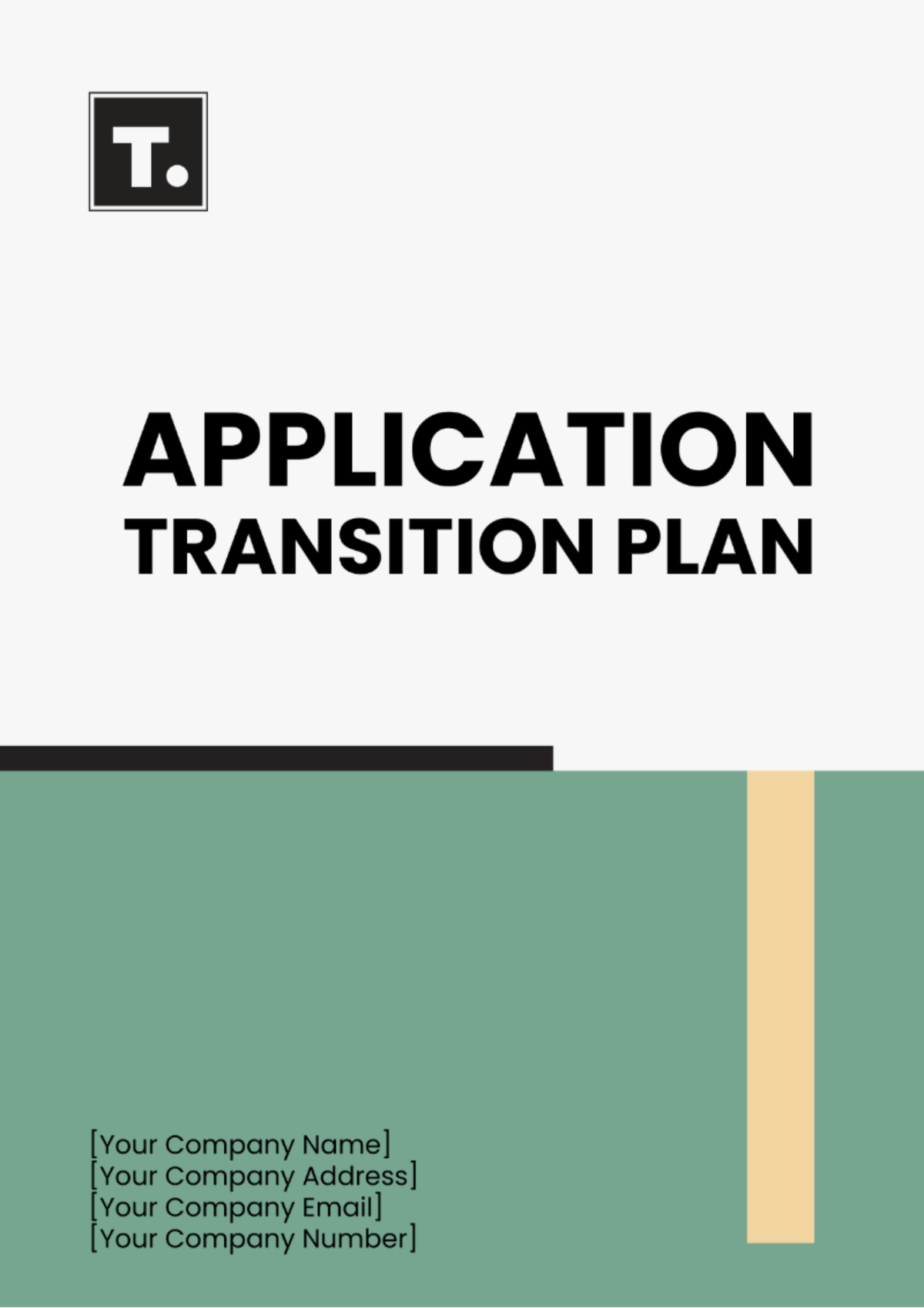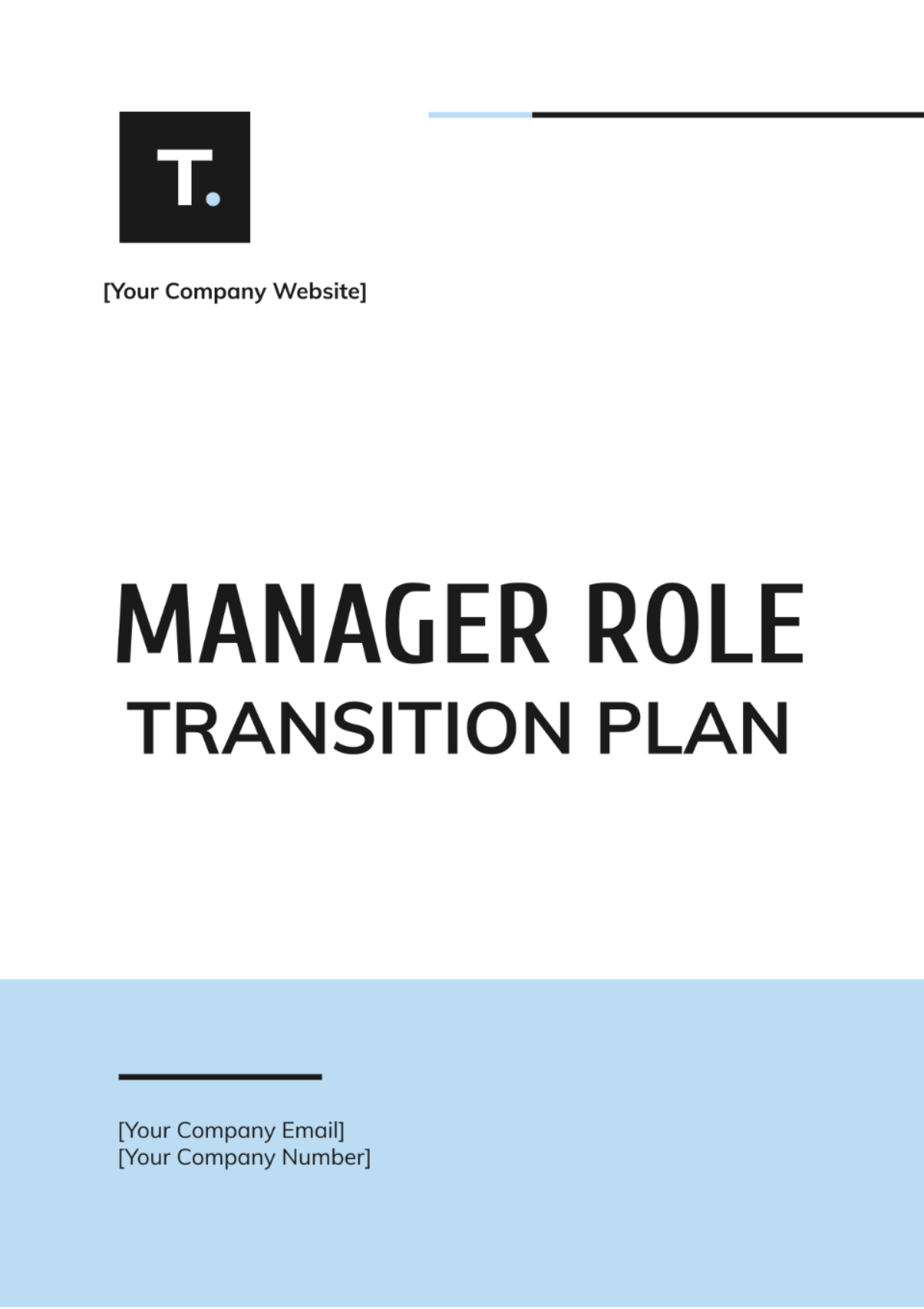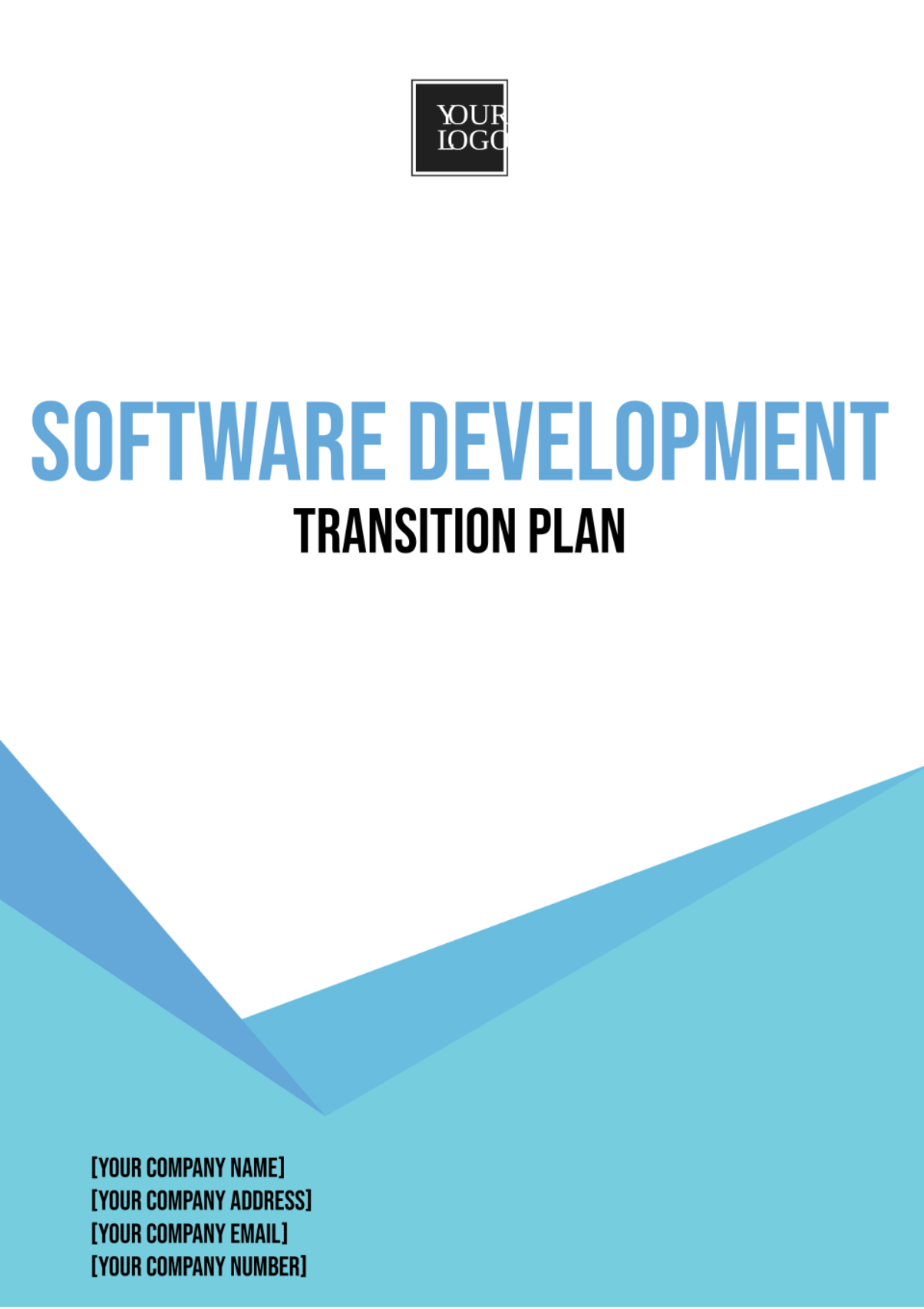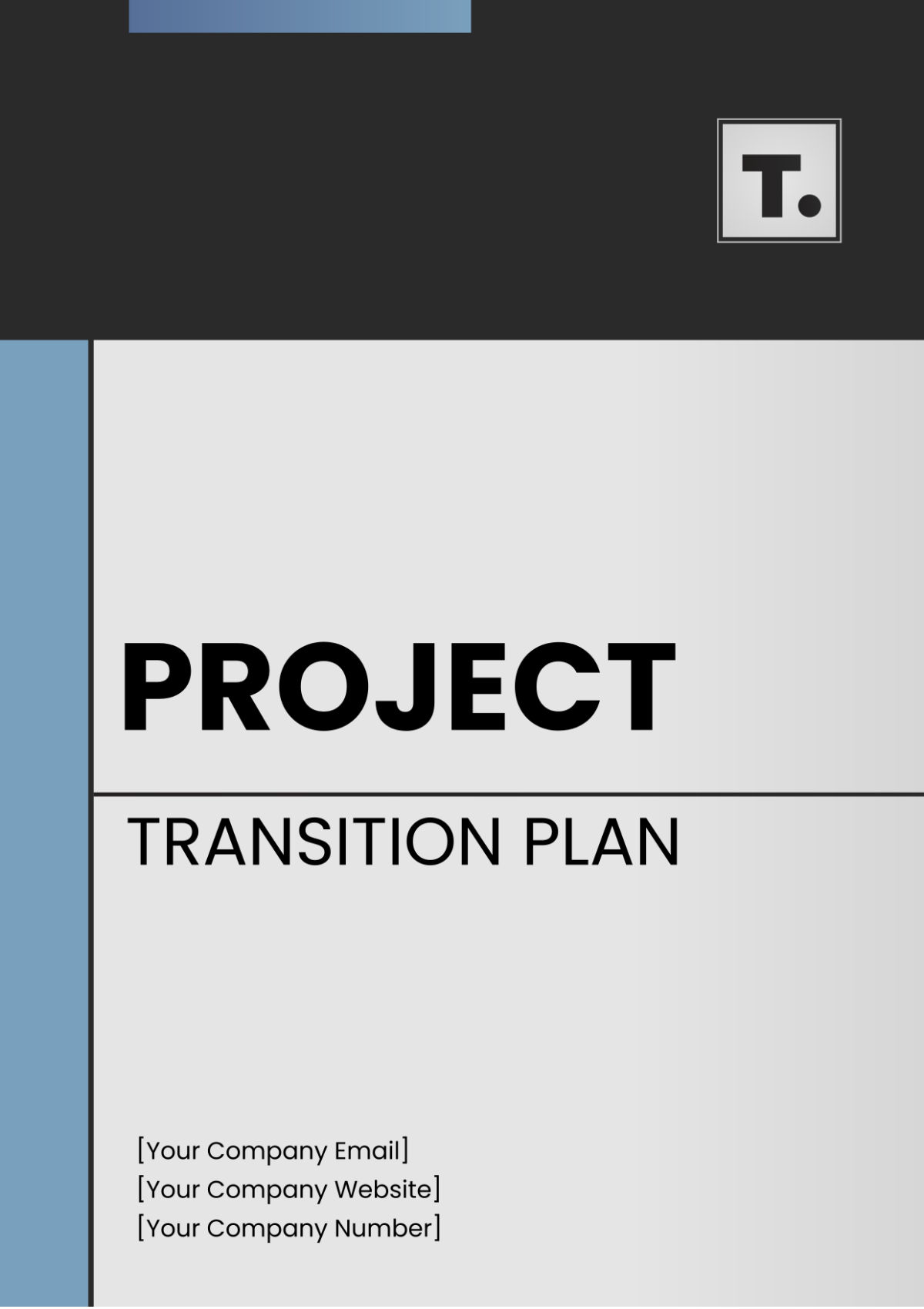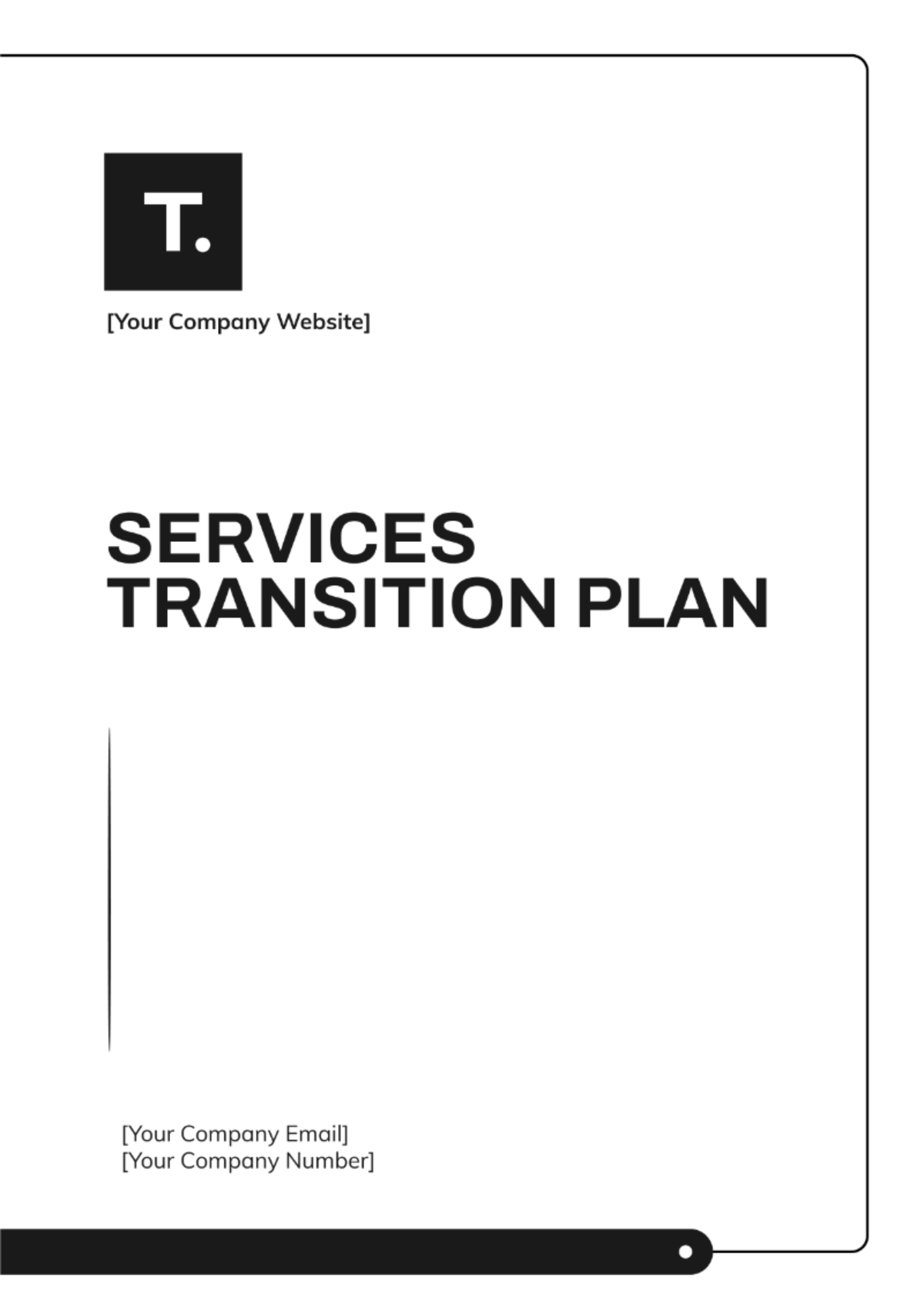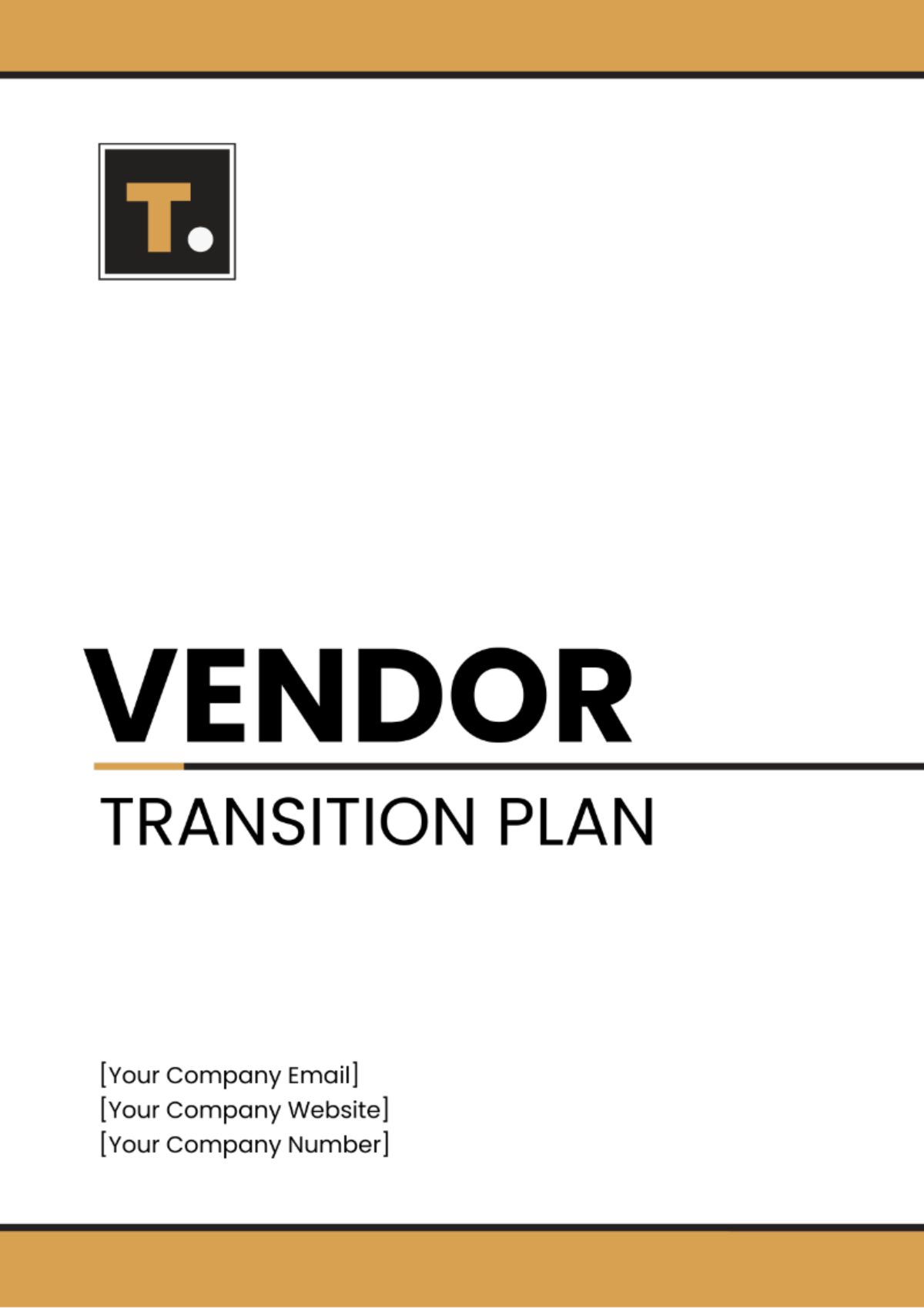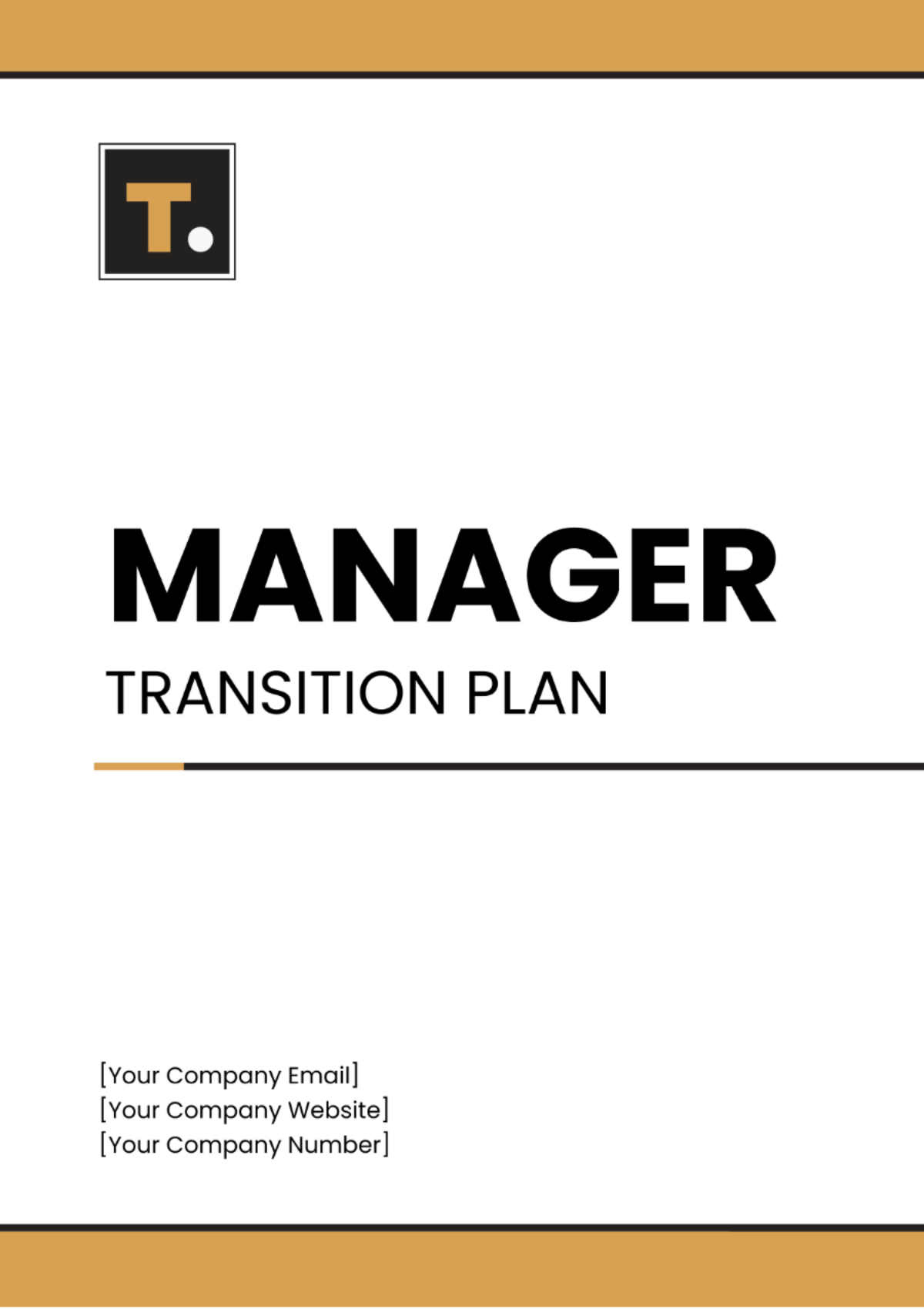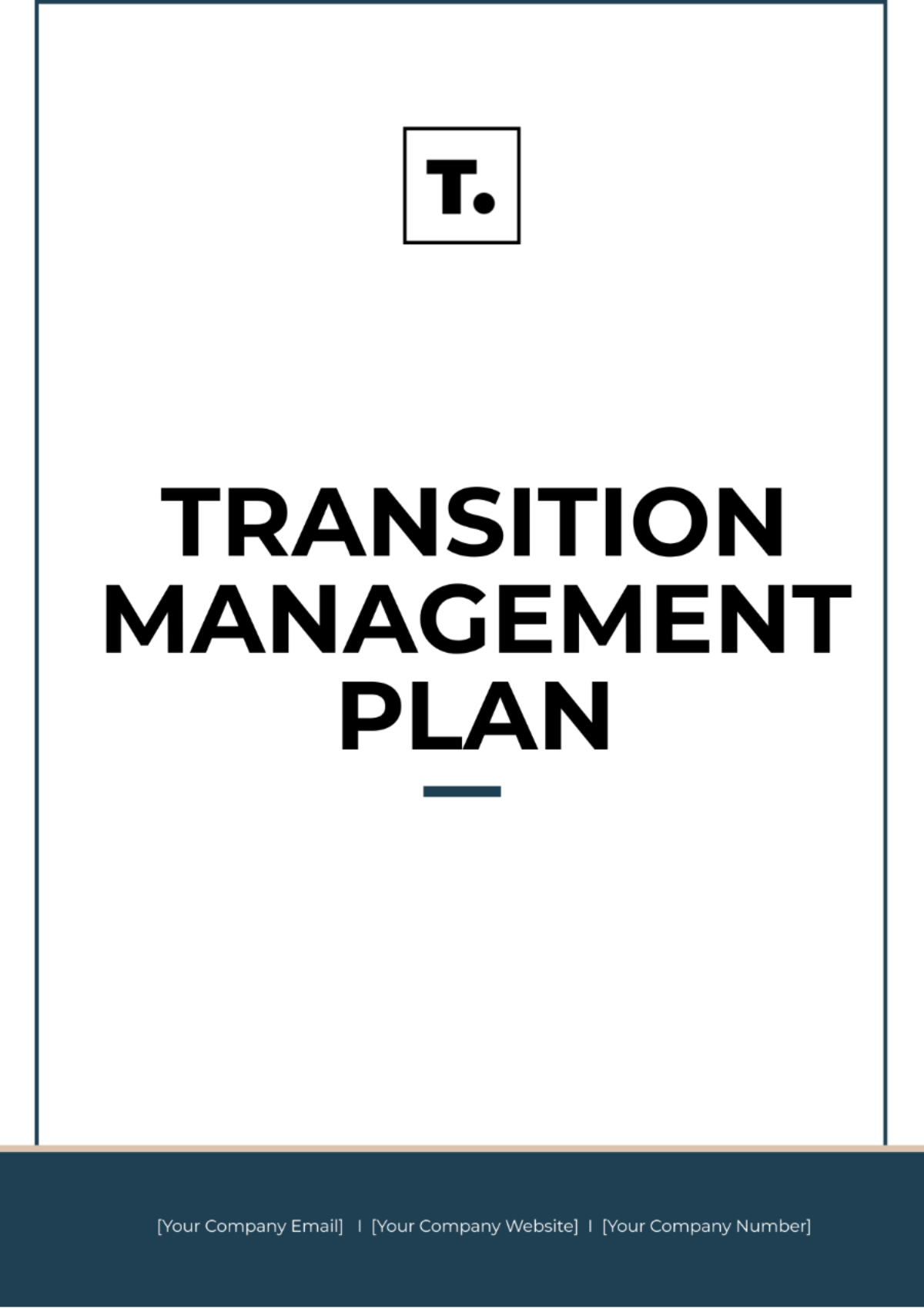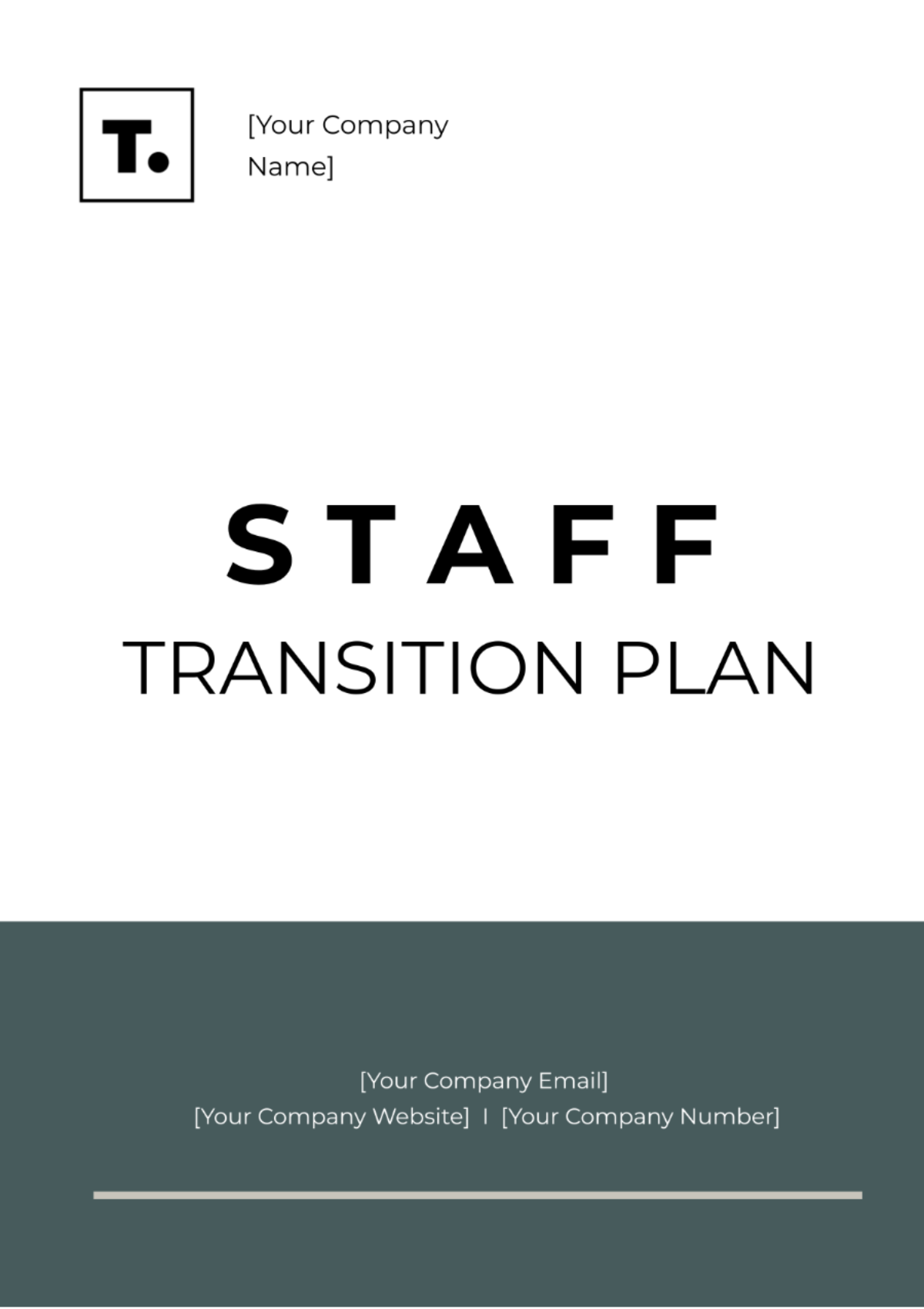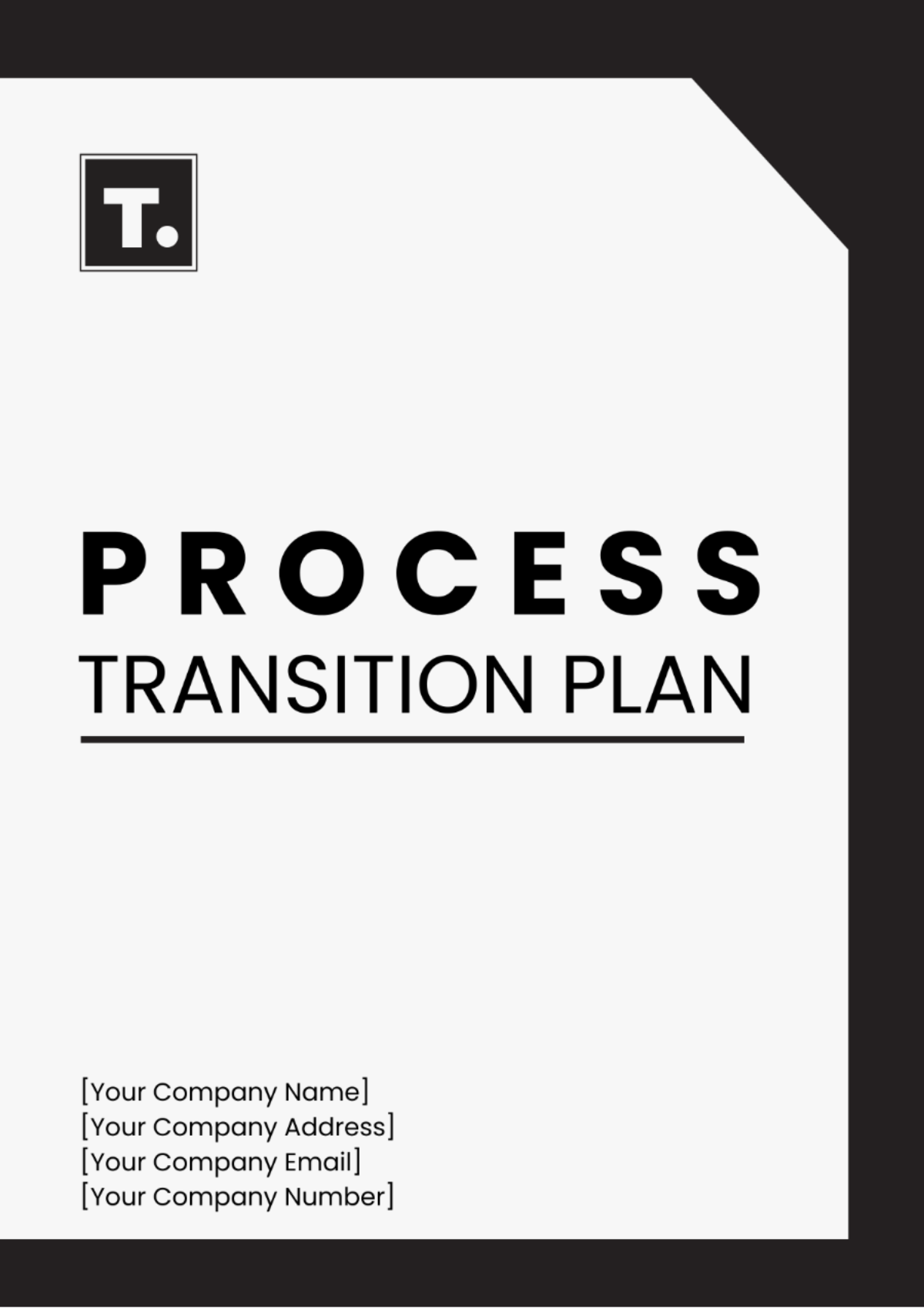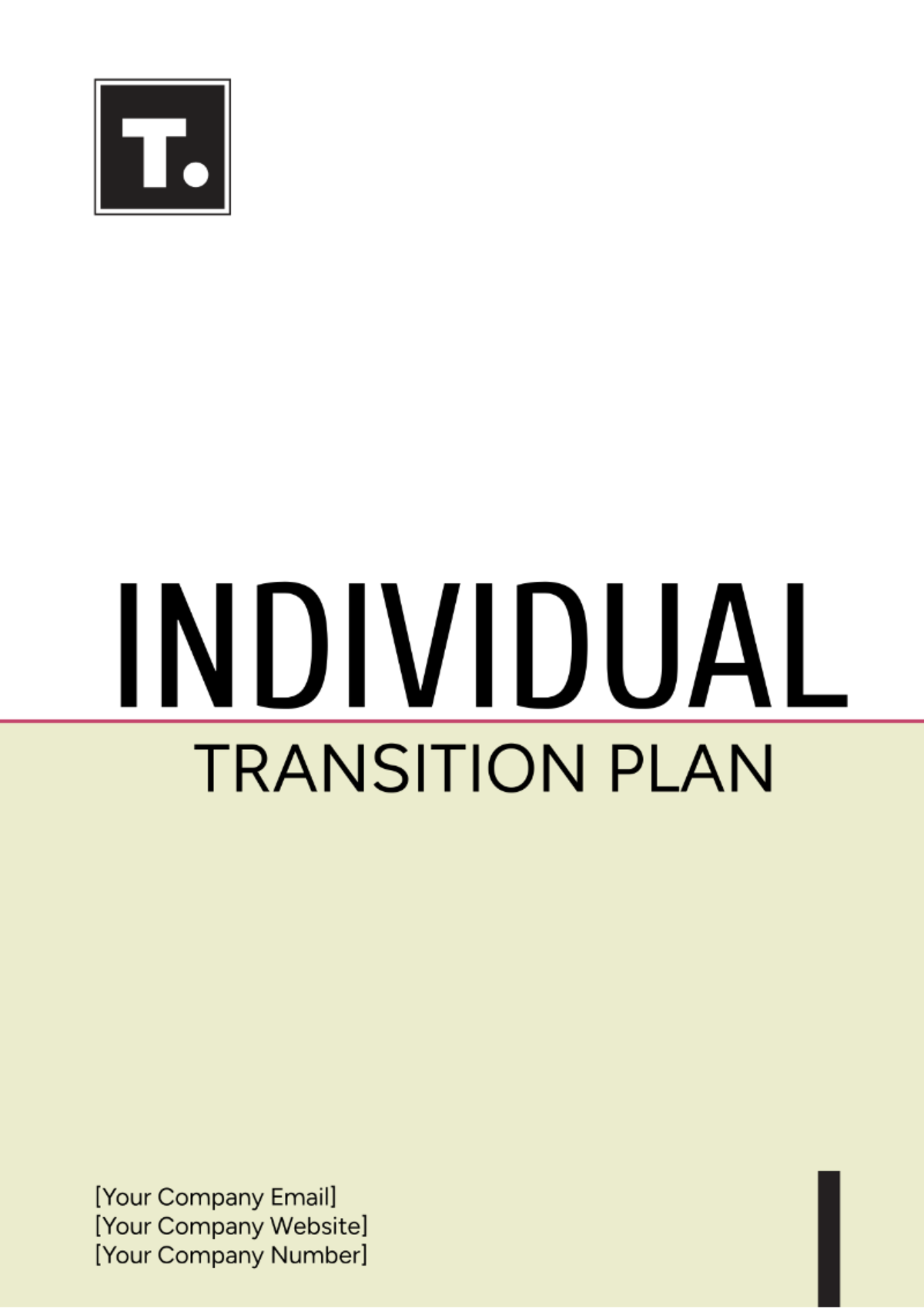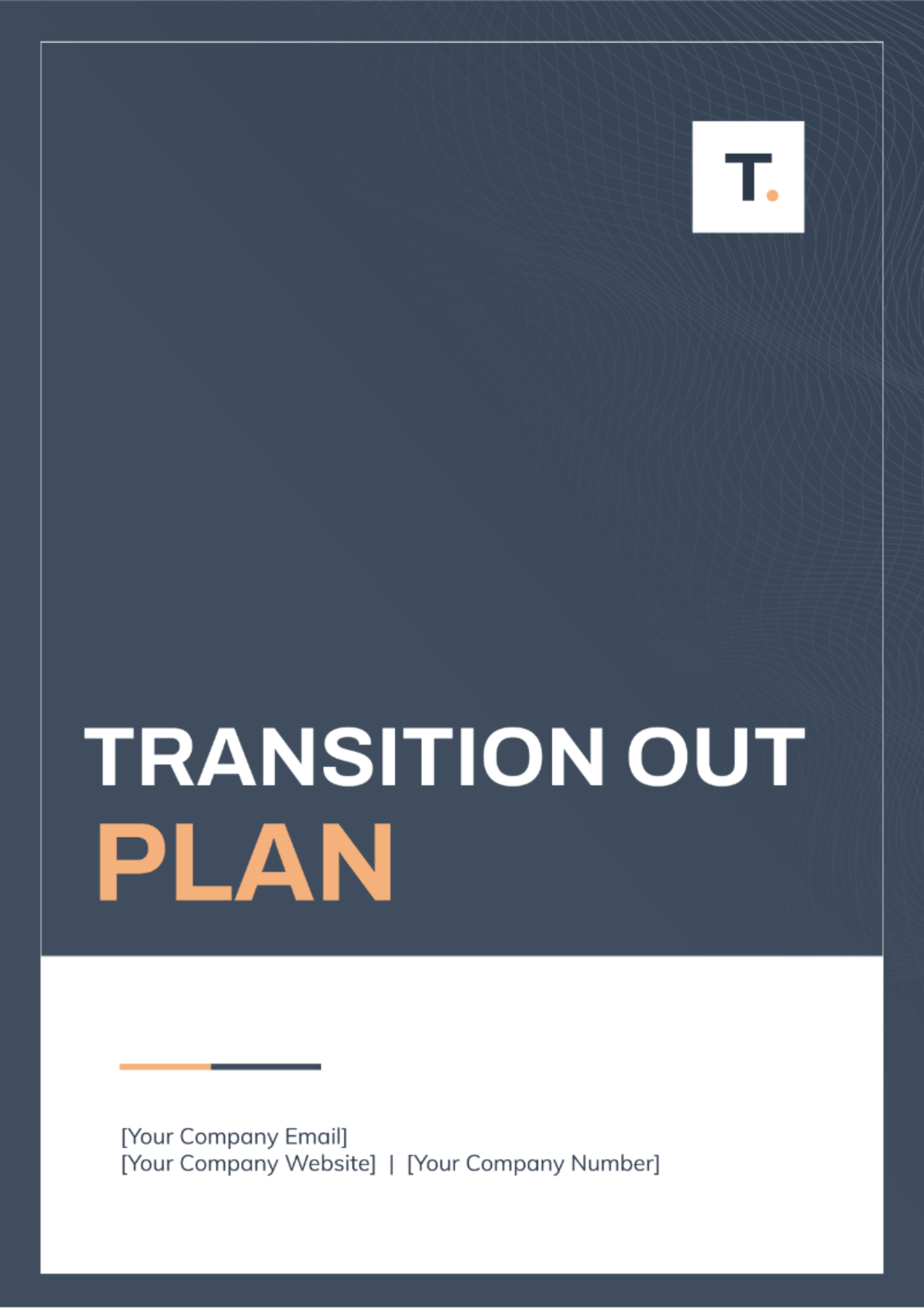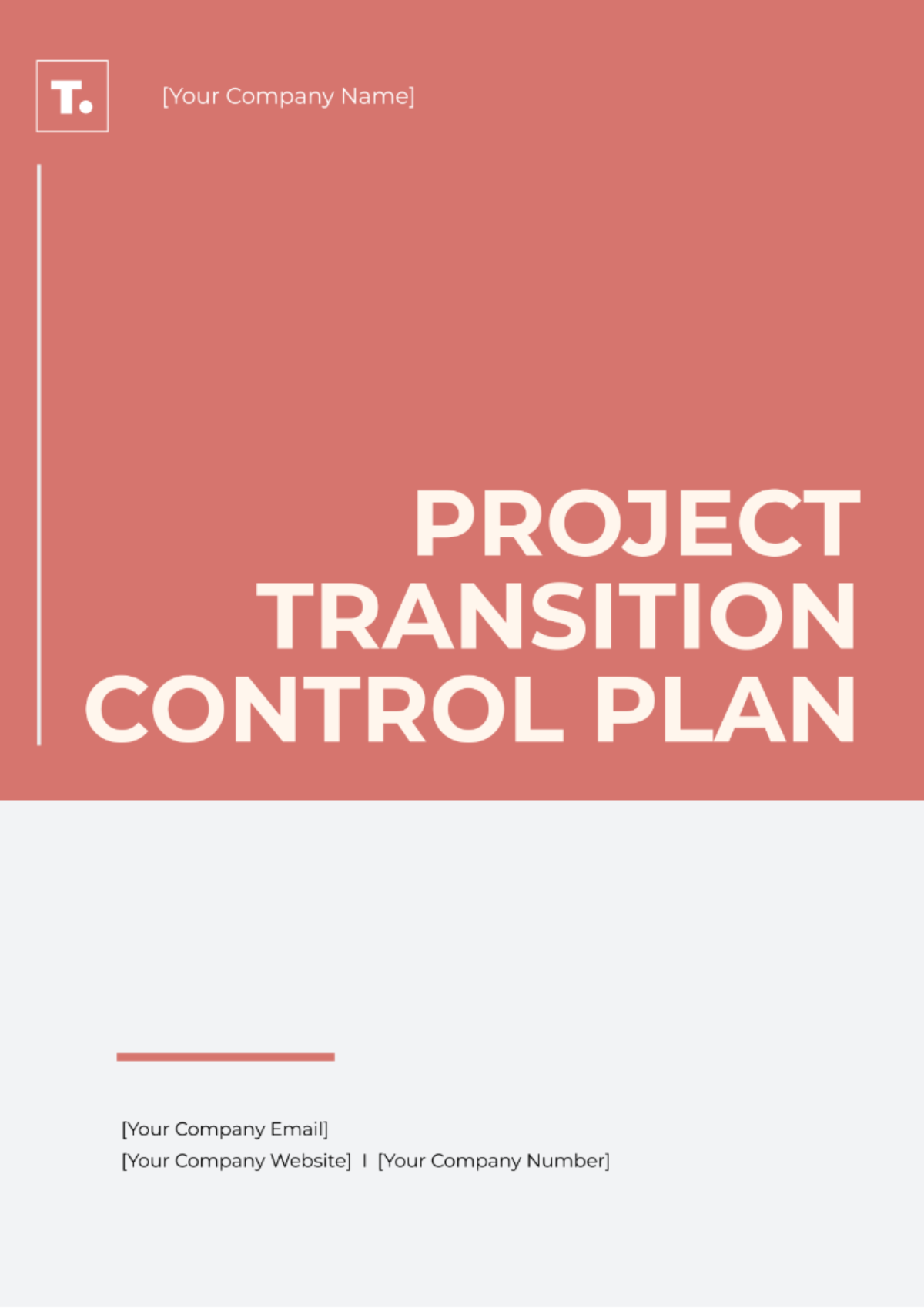Services Transition Plan
Written by: [Your Name]
I. Executive Summary
This Transition Plan delineates the strategic steps and essential activities required to seamlessly introduce novel IT services or systems into production. Its objective is to minimize operational disruptions while maximizing the efficiency and effectiveness of the new services or systems.
II. Introduction
A. Purpose
The purpose of this Transition Plan is to furnish a meticulously structured blueprint for the deployment and harmonious integration of new IT services or systems. It endeavors to facilitate a smooth transition, mitigate potential risks, and ensure comprehensive alignment and communication among all stakeholders throughout the implementation process.
B. Scope
This plan encompasses all stakeholders engaged in the deployment and integration of the new IT services or systems, encompassing IT personnel, end users, project managers, and executive leadership at [Your Company Name].
C. Objectives
Foster comprehensive stakeholder awareness and readiness for the transition phase.
Mitigate operational disruptions to maintain business continuity seamlessly.
Attain optimal functionality and performance benchmarks for the newly introduced IT services or systems.
Deliver comprehensive training and ongoing support mechanisms to empower end users in utilizing the new technology effectively.
III. Transition Planning
A. Timeline
The following timeline outlines the key milestones and activities in the transition process:
Milestone | Description | Start Date | End Date |
|---|---|---|---|
Plan Approval | Leadership approval of the transition plan. | [Start Date] | [End Date] |
Initial Training | Training sessions for key stakeholders and end users. | [Start Date] | [End Date] |
Systems Integration | Integration of new IT services or systems. | [Start Date] | [End Date] |
Go Live | Full deployment into production. | [Start Date] | [End Date] |
B. Stakeholder Roles and Responsibilities
Clearly defined roles and responsibilities ensure accountability and smooth execution of the transition. Key responsibilities include:
Role | Responsibilities | Contact Information |
|---|---|---|
Project Manager | Oversee the transition, coordinate activities, and provide updates to leadership. | [Project Manager Contact] |
IT Staff | Technical implementation and support. | [IT Staff Contact] |
End Users | Participate in training and provide feedback. | [End Users Contact] |
IV. Risk Management
A. Risk Assessment
Identify potential risks associated with the transition and develop mitigation strategies to address them:
Risk | Impact | Likelihood | Mitigation |
|---|---|---|---|
System Downtime | High | Medium | Develop a backup plan and schedule transitions during off-peak hours. |
Data Loss | High | Low | Implement comprehensive data backup and recovery procedures. |
User Resistance | Medium | High | Provide thorough training and ongoing support. |
V. Training and Support
A. Training Plan
A comprehensive training plan is essential to ensure users can effectively utilize the new IT services or systems. The training plan includes:
Comprehensive overview sessions tailored for all users to grasp the fundamental functionalities and features.
In-depth training sessions curated for key stakeholders and power users, ensuring a deeper understanding and proficiency in leveraging the system effectively.
Provision of accessible user manuals and curated online resources to serve as go-to references for continuous learning and troubleshooting.
B. Support Plan
Ongoing support will be provided through the following channels:
Regular follow-up sessions to address any issues or questions.
VI. Communication Strategy
Effective communication is critical to a successful transition. The strategy includes:
Regular updates via email and company intranet.
Stakeholder meetings to discuss progress and address concerns.
VII. Conclusion
This Transition Plan guarantees the seamless and highly effective implementation of new IT services or systems through meticulous preparation, risk management, training, and communication, thus boosting our operational capabilities and furthering our organizational objectives.


